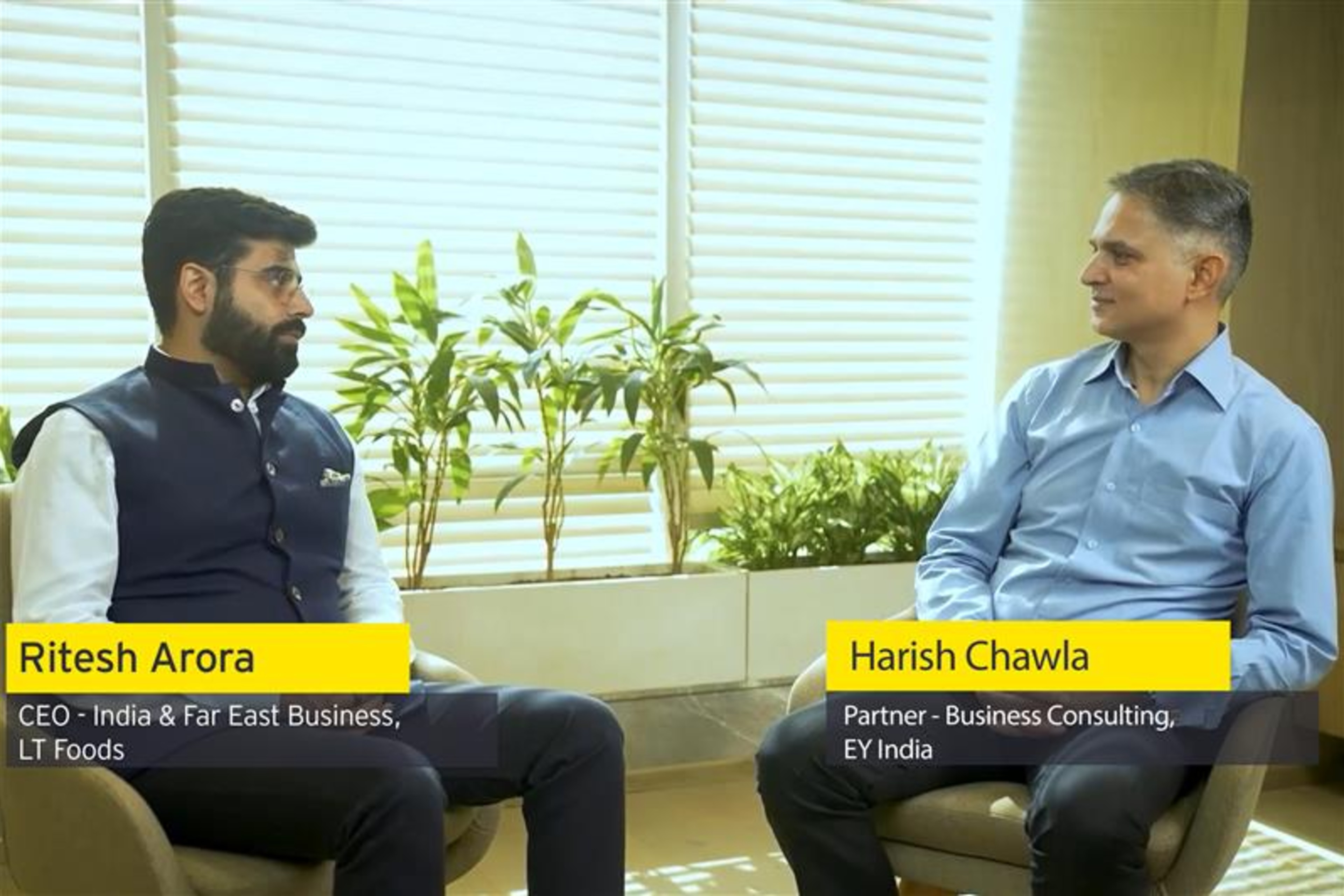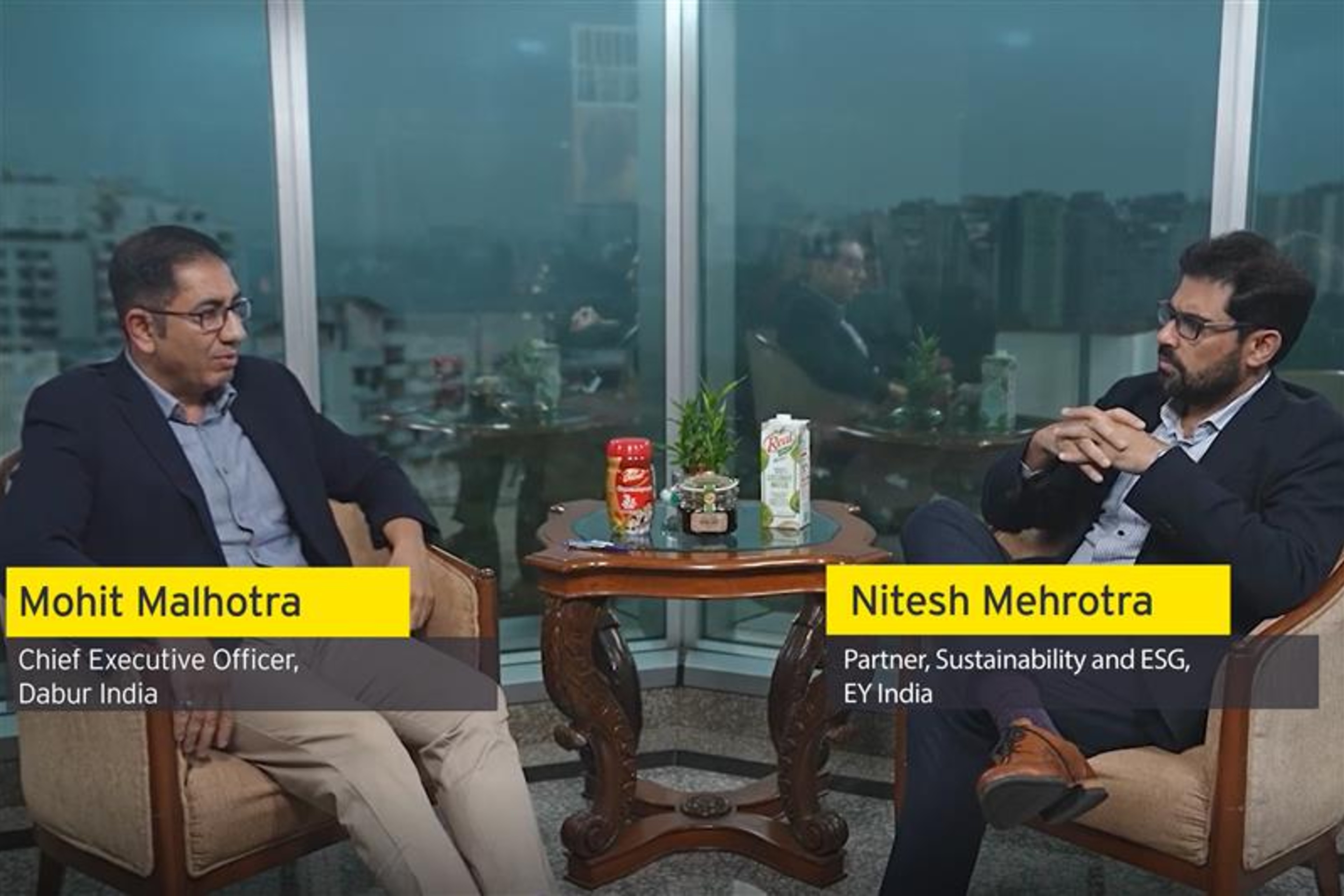EY refers to the global organization, and may refer to one or more, of the member firms of Ernst & Young Global Limited, each of which is a separate legal entity. Ernst & Young Global Limited, a UK company limited by guarantee, does not provide services to clients.
How EY can help
-
Discover how EY's technology transformation team can help your business fully align technology to your overall purpose and business objectives.
Read more -
We collaborate with insurers on technology transformation programs and the deployment of digital tools. From concept to implementation, we work with you to develop strategies that optimize performance, drive efficiency and enhance quality.
Read more
Cross-industry collaboration is the key to unlocking the value of 5G
For India to seize the 5G opportunity, it is critical that all stakeholders act immediately through a collaborative approach, supported by an enabling ecosystem and the right regulatory support. Since 5G impacts a wide range of industries, close coordination between various government departments and sector regulators is necessary for the success of 5G in India. A collaborative approach involving all stakeholders — the government, sector regulator, telecom operators, network equipment vendors, technology players and companies across various industries — will help develop the 5G ecosystem roadmap in India.







